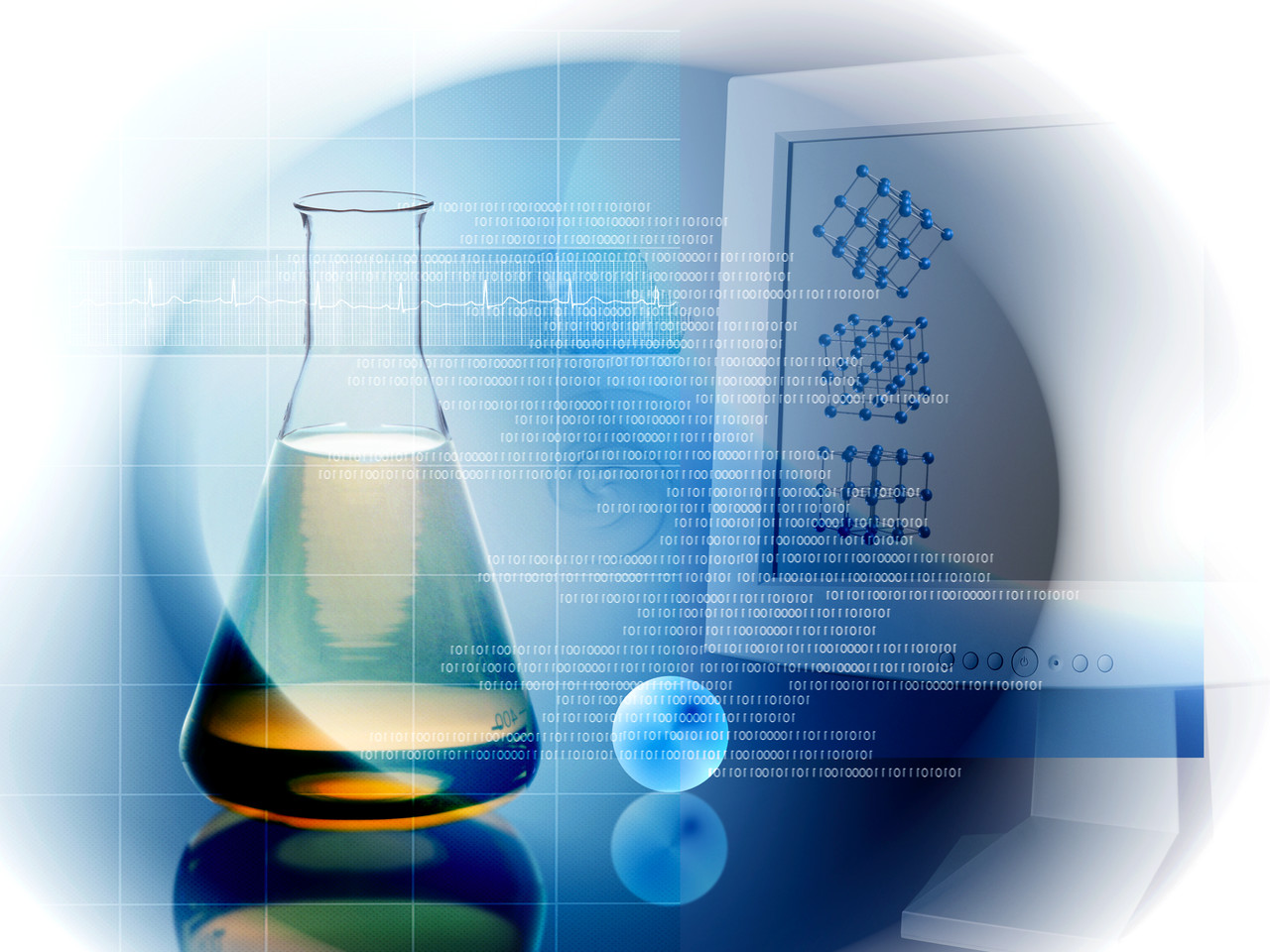Tocotrienols exhibit a plethora of unique biological activities, including neuro-protection, radio-protection, anti-cancer, anti-inflammation and lipid-lowering. However, the plasma concentrations of tocotrienols were found to be lower compare to tocopherols. Fu et al. has published a review article: Bioavailability of tocotrienols: evidence in human studies in Nutrition & Metabolism.
The pharmacokinetics of tocotrienols has been studies using single dose of tocotrienol-rich fractions (TRF) derived from palm oil. Tocotrienols were mainly detected in the HDL cholesterol at 4 to 8 hours before clearance. The rapid clearance of tocotrienols from the plasma within 24 hours could be partly due to the low affinity of α-tocopherol transport protein for tocotrienols. Human clinical studies suggest that the plasma concentrations of tocotrienols can be increased by at least 2-fold in the fed state. The significant increase in tocotrienol bioavailability under fed state was probably attributed to the increase of TAG from meal followed by bile secretion. A dosing schedule of tocotrienols twice daily is sufficient for the plasma concentration to reach the steady state within 3 days. An acute dose of mixed tocotrienols ranging from 200 to 1011 mg were considered to be safe for human consumption with no adverse events.
The review article also discussed the therapeutic efficacy of tocotrienols based on three variables: dose, formulation and study population. The authors concluded that the outcome of clinical evaluations is not only affected by the bioavailability of tocotrienols, but also closely dependent on the study designs.
